How To Drain Antifreeze From Engine Block? Explained
Draining antifreeze from the engine block is a crucial maintenance task for any vehicle owner. It ensures the longevity and efficient performance of your engine. But do you know How To Drain Antifreeze From Engine Block? involves a series of steps that, when followed correctly, can significantly enhance your vehicle’s functionality. This guide is designed to provide a comprehensive approach to this process, ensuring you achieve optimal results while maintaining the safety and integrity of your engine.
Key Takeaways
- Understand the importance of draining antifreeze from the engine block.
- Follow safety guidelines to prevent accidents.
- Use the right tools for an efficient process.
- Dispose of antifreeze responsibly to protect the environment.
How To Drain Antifreeze From Engine Block?
Draining antifreeze from an engine block is a crucial maintenance task that helps in maintaining the efficiency and longevity of your vehicle’s engine. Here is a detailed step-by-step guide to perform this task:
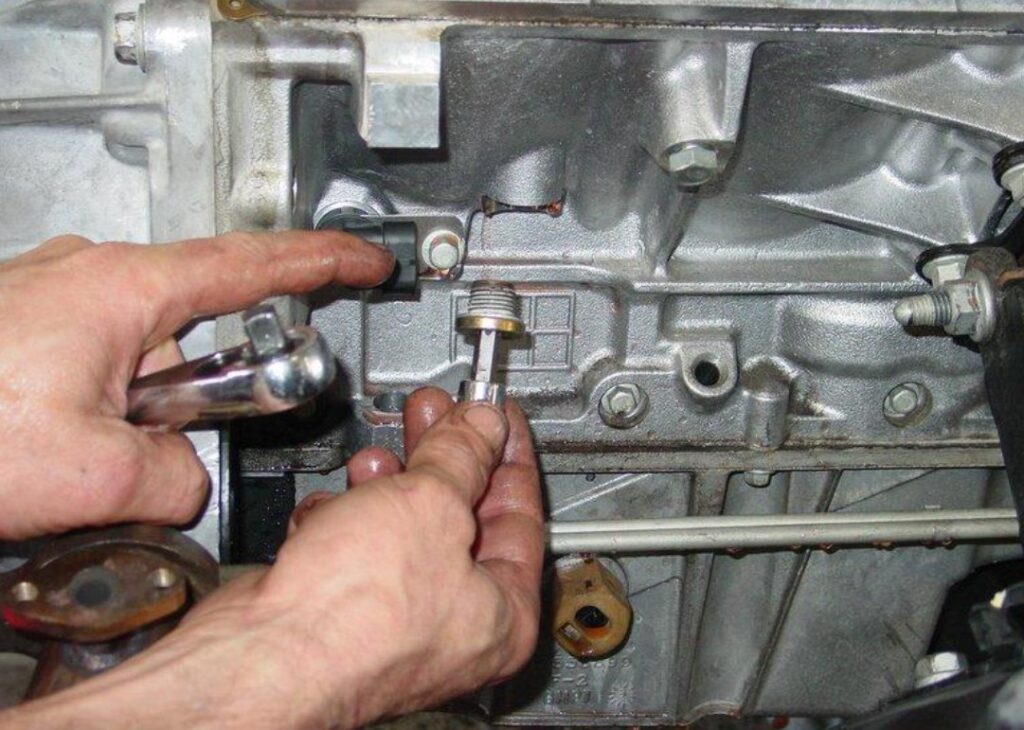
1. Preparation
- Gather Tools and Materials: You will need a drainage pan, a set of wrenches, a funnel, gloves, and safety goggles.
- Ensure Engine Coolness: Make sure the engine is completely cool before you start. Draining antifreeze from a hot engine can lead to burns.
2. Locate the Drain Plug
- Find the Drain Plug: The drain plug is typically located at the bottom of the engine block or the bottom of the radiator. Refer to your vehicle’s manual for the exact location.
3. Position the Drain Pan
- Place Drain Pan: Position the drain pan under the drain plug to catch the antifreeze as it drains out.
4. Drain the Antifreeze
- Remove the Drain Plug: Using the appropriate wrench, carefully remove the drain plug. Antifreeze will start flowing out, so ensure your drain pan is properly placed.
- Open the Radiator Cap: Opening the radiator cap will allow air to enter and help the antifreeze to flow out more smoothly.
5. Flush the System (Optional but Recommended)
- Refill with Water: Once all the antifreeze has drained, you can flush the system with water to remove any remaining coolant and debris. Fill the radiator with clean water.
- Run the Engine: Start the engine and let it run until it reaches its operating temperature. This process helps in circulating the water through the engine block and radiator.
- Drain the Water: Turn off the engine, let it cool, and then drain the water from the system using the same method as before.
6. Close the System
- Replace the Drain Plug: Once all the water is drained, replace and securely tighten the drain plug.
7. Refill with New Antifreeze
- Prepare the Antifreeze Mixture: Prepare a mixture of antifreeze and distilled water as per the manufacturer’s recommendations, usually a 50/50 mix.
- Fill the Radiator: Use a funnel to pour the new antifreeze into the radiator. Fill it to the required level.
8. Bleed the Cooling System
- Remove Air Pockets: To remove any air pockets that may have formed in the cooling system, start the engine with the radiator cap off and let it run for a few minutes. This process is called bleeding the system.
- Check Fluid Level: After the engine cools down, check the fluid level and add more antifreeze if needed.
9. Dispose of Old Antifreeze
- Environmental Responsibility: Do not dispose of the old antifreeze in drains or on the ground. Take it to a recycling center or a hazardous waste disposal facility.
10. Final Checks
- Inspect for Leaks: After completing the process, check for any leaks in the system.
- Test Drive: Take your vehicle for a short test drive to ensure that the cooling system is functioning properly.
Remember, safety is paramount when performing maintenance tasks on your vehicle. Always follow the specific guidelines provided in your vehicle’s manual and use protective gear to prevent accidents. If you are unsure or uncomfortable performing this task, it’s best to seek assistance from a professional mechanic.
After Draining: Flushing the System
Importance of Flushing
After draining the antifreeze, flushing the system is essential to remove any residue or contaminants. This ensures that when new antifreeze is added, your cooling system is clean and efficient.
How to Properly Flush the Engine Block?
Use a radiator flush solution and distilled water to clean the system. Follow the instructions on the flush solution for the best results. This process will ensure any lingering debris is removed from the cooling system.
Disposal of Old Antifreeze
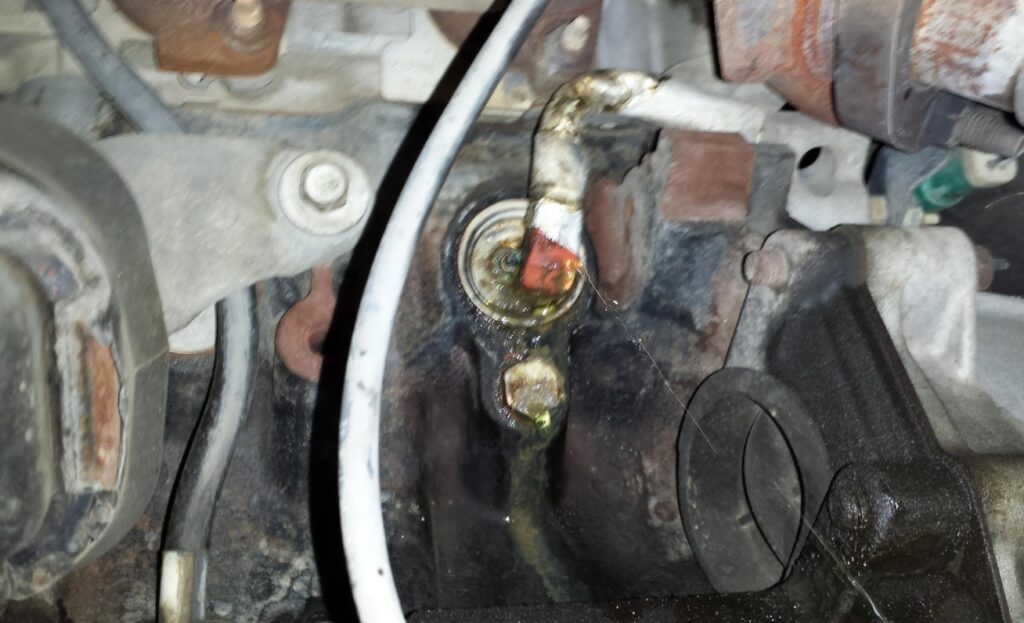
Environmental Considerations
Proper disposal of old antifreeze is crucial. It should never be poured down the drain, on the ground, or into waterways. Instead, take it to a recycling center or a facility that accepts hazardous materials.
Finding a Disposal Facility
Check with your local waste management authorities for information on where to dispose of antifreeze. Many auto shops and service centers also offer disposal services.
Importance of Draining Antifreeze
Why Draining Antifreeze is Essential?
Draining the antifreeze from your engine block is vital for several reasons. Firstly, it prevents the buildup of contaminants and rust, which can impair engine performance. Secondly, replacing old antifreeze with new fluid maintains the engine’s cooling efficiency, essential for preventing overheating.
Impact on Engine Health and Performance
Regular drainage and replacement of antifreeze contribute significantly to the overall health of your engine. It ensures that the cooling system operates at peak efficiency, reducing the risk of overheating, which can cause severe engine damage.
Safety Precautions
Personal Safety Measures
Before beginning the antifreeze draining process, it’s crucial to take personal safety measures. Always wear protective gloves and goggles to prevent skin and eye contact with the antifreeze, which is toxic. Ensure the engine is cool before starting to avoid burns.
Environmental Safety Considerations
Antifreeze is hazardous to the environment. It’s important to collect and dispose of it properly. Avoid spilling it on the ground or into waterways, as it can harm wildlife and contaminate water sources.
Tools and Materials Needed
List of Required Tools
To successfully drain the antifreeze, you will need a few essential tools. These include a drainage pan, wrench set, funnel, and protective gear. Ensure you have these tools ready before you start the process.
Preparing Your Workspace
Choose a well-ventilated area for this task. Lay down protective sheets or newspapers to catch any spills, and position your drainage pan correctly to collect all the antifreeze.
Can You Drain Coolant From Engine Block?
Yes, you can drain coolant from the engine block, and it is a critical part of maintaining your vehicle’s cooling system. The process involves removing the old coolant to prevent corrosion, and buildup of debris, and to maintain optimal engine temperature.

The engine block contains coolant passages that require periodic draining and flushing. To do this, locate the drain plug typically situated at the bottom of the engine block or the lowest point of the cooling system.
After draining, it’s essential to refill the system with the correct type of coolant as per the manufacturer’s guidelines. This process ensures the longevity and efficient performance of your engine.
How Do You Get Old Coolant Out Of An Engine Block?
Getting old coolant out of an engine block involves several steps:
- Ensure Engine is Cool: Never attempt to drain coolant from a hot engine to avoid burns.
- Locate the Drain Plug: Find the drain plug on the engine block or the radiator and place a drain pan beneath it.
- Drain the Coolant: Open the plug and allow the coolant to flow out into the pan. Some vehicles may require the removal of a thermostat for complete drainage.
- Flush the System: After draining, it’s advisable to flush the system with water to remove any residual coolant and debris.
It’s crucial to follow these steps carefully to ensure all the old coolant is removed from the engine block.
How Do You Flush Antifreeze Out Of An Engine?
Flushing antifreeze out of an engine is an essential part of the coolant change process. Here’s how you can do it:
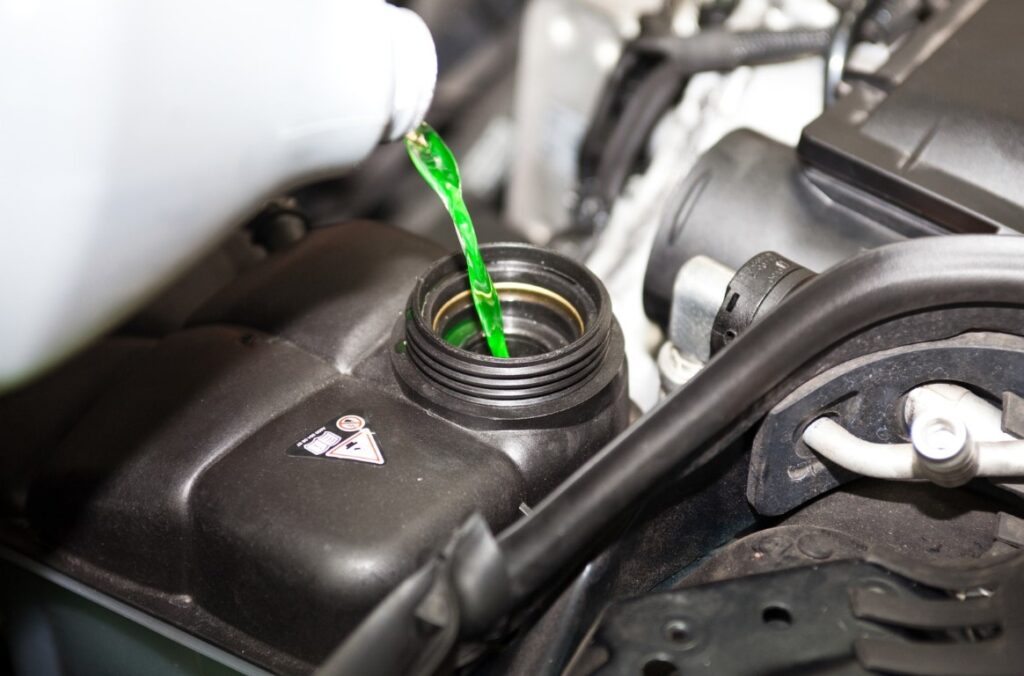
- Drain the Old Coolant: First, drain the existing antifreeze as described in the previous steps.
- Fill with Water and Radiator Flush Solution: After draining, fill the cooling system with a mixture of water and a radiator flush solution. This solution helps in removing any rust, scale, and other contaminants.
- Run the Engine: Turn on the engine and let it reach its operating temperature with the heater on. This process circulates the flush solution through the engine block and radiator.
- Drain the System Again: After running the engine, turn it off, let it cool, and then drain the flush solution out of the system.
- Refill with New Coolant: Finally, refill the system with new antifreeze mixed with water as per the manufacturer’s recommendation.
This flushing process ensures that any contaminants and old antifreeze residues are fully removed from the engine.
How Do You Clear A Coolant Blockage?
Clearing a coolant blockage in an engine is crucial to maintain proper engine temperature and prevent overheating. To clear a blockage:
- Identify the Blockage: Use a thermometer to check for cold spots on the radiator, which can indicate a blockage.
- Flush the System: As described in the earlier steps, use a radiator flush solution and water to help break down and remove the blockage.
- Check Hoses and Connections: Inspect all hoses and connections for leaks or clogs. Replace any damaged hoses.
- Use a Radiator Cleaner: For stubborn blockages, a commercial radiator cleaner can be effective in breaking down deposits inside the radiator and engine block.
- Seek Professional Help: If the blockage persists, it may be necessary to consult a professional mechanic as the issue might be more complex, like internal engine corrosion or a malfunctioning thermostat.
Clearing a coolant blockage is essential for the efficient operation of your vehicle’s cooling system.
Conclusion
To conclude, How to drain antifreeze from the engine block is a manageable task that significantly contributes to your vehicle’s longevity and performance. By following the steps outlined, you ensure a safe and efficient process. Always prioritize environmental responsibility when disposing of old antifreeze. Regular maintenance, including antifreeze drainage, is key to keeping your engine in top condition.
People Also Ask
What are the Environmental Risks of Improper Antifreeze Disposal?
Improper disposal of antifreeze can lead to soil and water contamination. It is harmful to wildlife and the environment due to its toxic components.
Can Used Antifreeze Be Recycled?
Yes, used antifreeze can often be recycled. Many service centers and recycling facilities can process and reuse it.
How Do I Dispose of Old Antifreeze?
Old antifreeze should be taken to a recycling center or a facility that handles hazardous materials. Do not pour it down the drain or on the ground.
What Safety Precautions Should I Take When Draining Antifreeze?
Wear protective clothing, work in a well-ventilated area, ensure the engine is cool before starting, and avoid skin or eye contact with the antifreeze.

Welcome to the exhilarating world of Matt Rex, a professional car racer turned renowned vehicle enthusiast. Immerse yourself in his captivating blog as he shares heart-pounding adventures, expert reviews, and valuable insights on cars, trucks, jets, and more. Fuel your passion for speed and discover the beauty of vehicles through Matt’s engaging stories and meticulous expertise. Join the ever-growing community of enthusiasts who find inspiration and expert advice in Matt Rex’s blog—a digital hub where the thrill of speed meets the pursuit of knowledge.



![De-Ice Air Intake System Check Engine Light? [Explained]](https://www.turbochaos.com/wp-content/uploads/2023/11/De-Ice-Air-Intake-System-Check-Engine-Light.jpg)
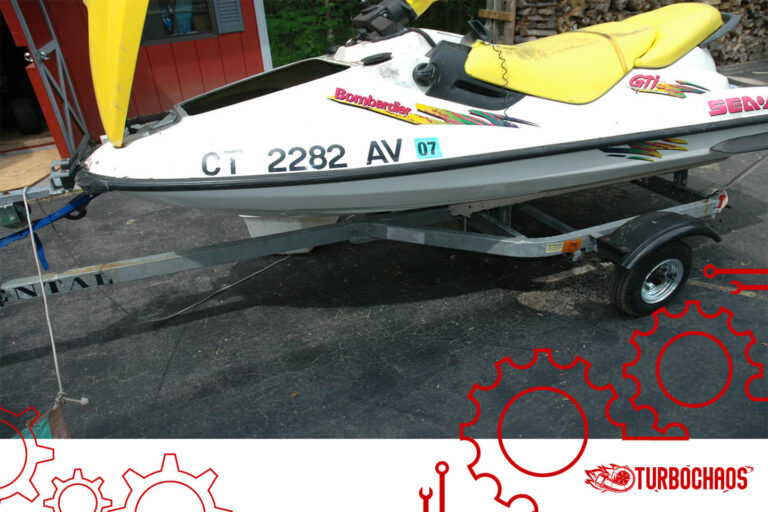
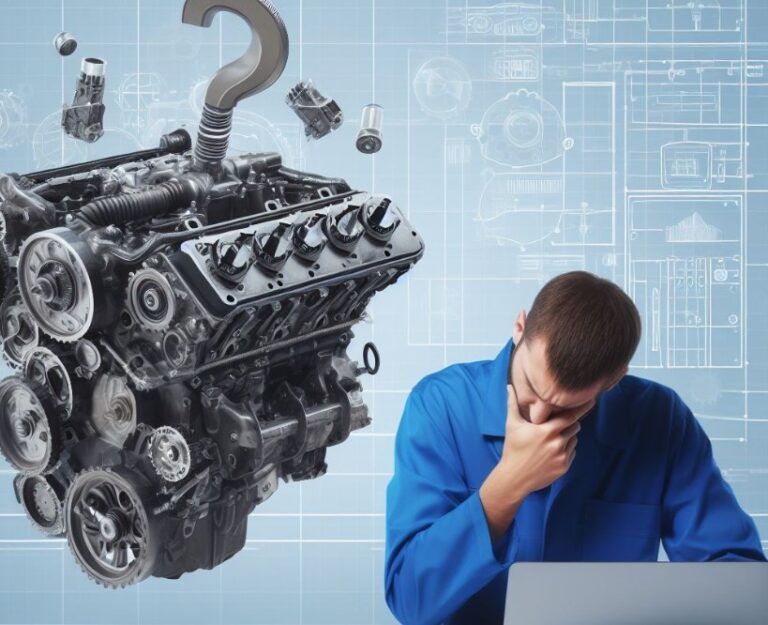
![How Much Does It Cost To Rebuild A DD15 Engine? [Answered]](https://www.turbochaos.com/wp-content/uploads/2023/11/How-Much-Does-It-Cost-To-Rebuild-A-DD15-Engine.jpg)
